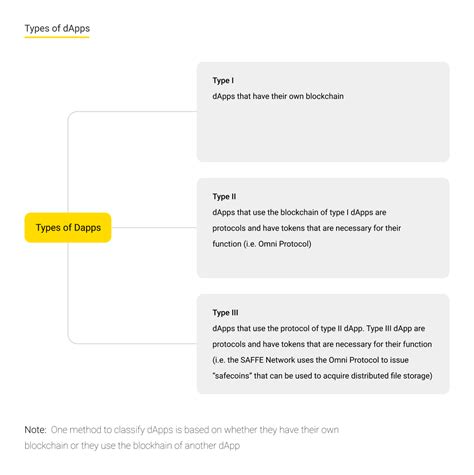Building Resilient DA Apps with AI-Driven Strategies
The blockchain and cryptocurrency space has seen explosive growth over the past decade, with new decentralized applications (dApps) emerging every day. As a result, many developers are looking for ways to build more robust and resilient dApps that can withstand market fluctuations, security threats, and other challenges.
Artificial intelligence (AI) is playing an increasingly important role in building resilient dApps, as it offers a wide range of capabilities that can help mitigate risks and improve the overall reliability of these applications. In this article, we will explore how AI-driven strategies can be used to build more robust and resilient dApps.
What are AI-driven strategies?
AI-driven strategies involve using artificial intelligence algorithms to analyze data from a variety of sources, such as market trends, user behavior, and security metrics. These strategies can help identify potential risks and opportunities, allowing developers to make informed decisions about their dApp architecture and design.
Some common AI-driven strategies include:
- Predictive Analytics: This involves analyzing historical data to predict future trends and patterns.
- Machine Learning: This involves training algorithms on large data sets to learn from experience and make predictions or take actions.
- Natural Language Processing (NLP): This involves using AI-powered tools to analyze and understand human text input, such as user reviews and comments.
Benefits of Using AI-Driven Strategies in DApp Development
Using AI-driven strategies can provide a number of benefits for dApp development, including:
- Enhanced Security: By analyzing market trends and security metrics, developers can identify potential vulnerabilities and take proactive steps to mitigate them.
- Increased Resilience: AI-powered predictive analytics can help dApps adapt to changing market conditions, reducing the risk of collapse or instability.
- Improved User Experience: Machine learning algorithms can be used to personalize the user experience, such as recommending products or services based on their behavior and preferences.
AI-Driven Strategies for Agile DApp Development
Here are some specific AI-driven strategies that developers can use to build more agile dApps.
- Implementing Risk Management Systems: By analyzing market trends and security metrics, developers can identify potential risks and develop effective risk management strategies.
- Using Machine Learning for Anomaly Detection: Machine learning algorithms can be used to identify unusual patterns or behaviors in user data, alerting developers to potential security threats.
- Incorporating Predictive Analytics: Predictive analytics can help dApps anticipate market trends and adjust their designs accordingly.
Case Studies: Real-World Examples of AI-Driven Resilience
There are many examples of AI-driven resilience in action, including:
- Chain Analytics: This blockchain analytics company uses machine learning algorithms to detect and prevent illegal activity on the Ethereum network.
- Gemini: This cryptocurrency exchange uses predictive analytics to identify and mitigate risks related to market volatility and security threats.
- Rarible

: This decentralized marketplace uses AI-powered tools to personalize user experiences, such as recommending art or collectibles.
Conclusion
Building resilient dApps requires a deep understanding of both traditional development strategies and the power of AI. By incorporating AI-driven strategies into their development process, developers can create more robust and flexible applications that are better equipped to withstand market fluctuations and security threats.
